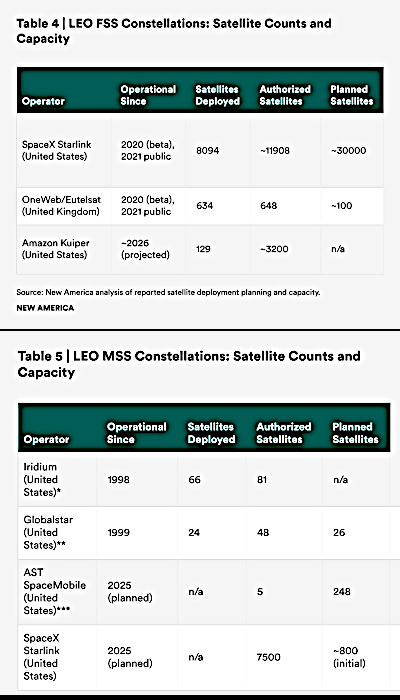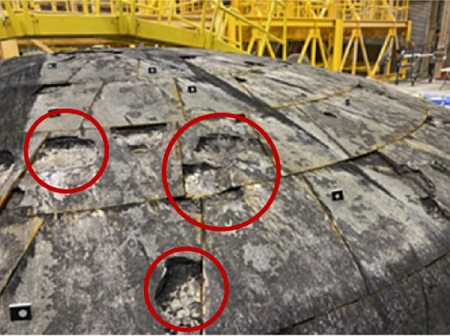FAA issues a launch curfew due to the shutdown
The Federal Aviation Administration (FAA) today issued a launch curfew that will ban all launches and re-entries from 6:00 am to 10:00 pm local time.
Accordingly, with respect to commercial space launches and reentries, under the authority provided to the FAA Administrator by 49 U.S.C. §§ 40103, 40113, and 46105(c), and authority delegated to the FAA Administrator under 51 U.S.C. § 50909(a), it is hereby ordered that, beginning at 6:00 a.m. EST on November 10, 2025, and until this Order is cancelled, Commercial space launches and reentries will only be permitted between 10:00 p.m. and 6:00 a.m. local time.
It appears the curfew has been imposed because of a shortage of air traffic controllers due to the government shutdown. Each launch needs to be coordinated with air traffic control, and it appears the FAA won’t have the people it needs to do this during the day. This is part of the overall 10% reduction in flights at forty of the busiest airports nationwide imposed at the same time, also due to the shutdown.
This order is going to probably impact planned launches by SpaceX, Rocket Lab, and others, with SpaceX likely affected the most.
Note: I got the curfew times backwards initially, and was corrected by my readers. Post is now correct.
The Federal Aviation Administration (FAA) today issued a launch curfew that will ban all launches and re-entries from 6:00 am to 10:00 pm local time.
Accordingly, with respect to commercial space launches and reentries, under the authority provided to the FAA Administrator by 49 U.S.C. §§ 40103, 40113, and 46105(c), and authority delegated to the FAA Administrator under 51 U.S.C. § 50909(a), it is hereby ordered that, beginning at 6:00 a.m. EST on November 10, 2025, and until this Order is cancelled, Commercial space launches and reentries will only be permitted between 10:00 p.m. and 6:00 a.m. local time.
It appears the curfew has been imposed because of a shortage of air traffic controllers due to the government shutdown. Each launch needs to be coordinated with air traffic control, and it appears the FAA won’t have the people it needs to do this during the day. This is part of the overall 10% reduction in flights at forty of the busiest airports nationwide imposed at the same time, also due to the shutdown.
This order is going to probably impact planned launches by SpaceX, Rocket Lab, and others, with SpaceX likely affected the most.
Note: I got the curfew times backwards initially, and was corrected by my readers. Post is now correct.

















